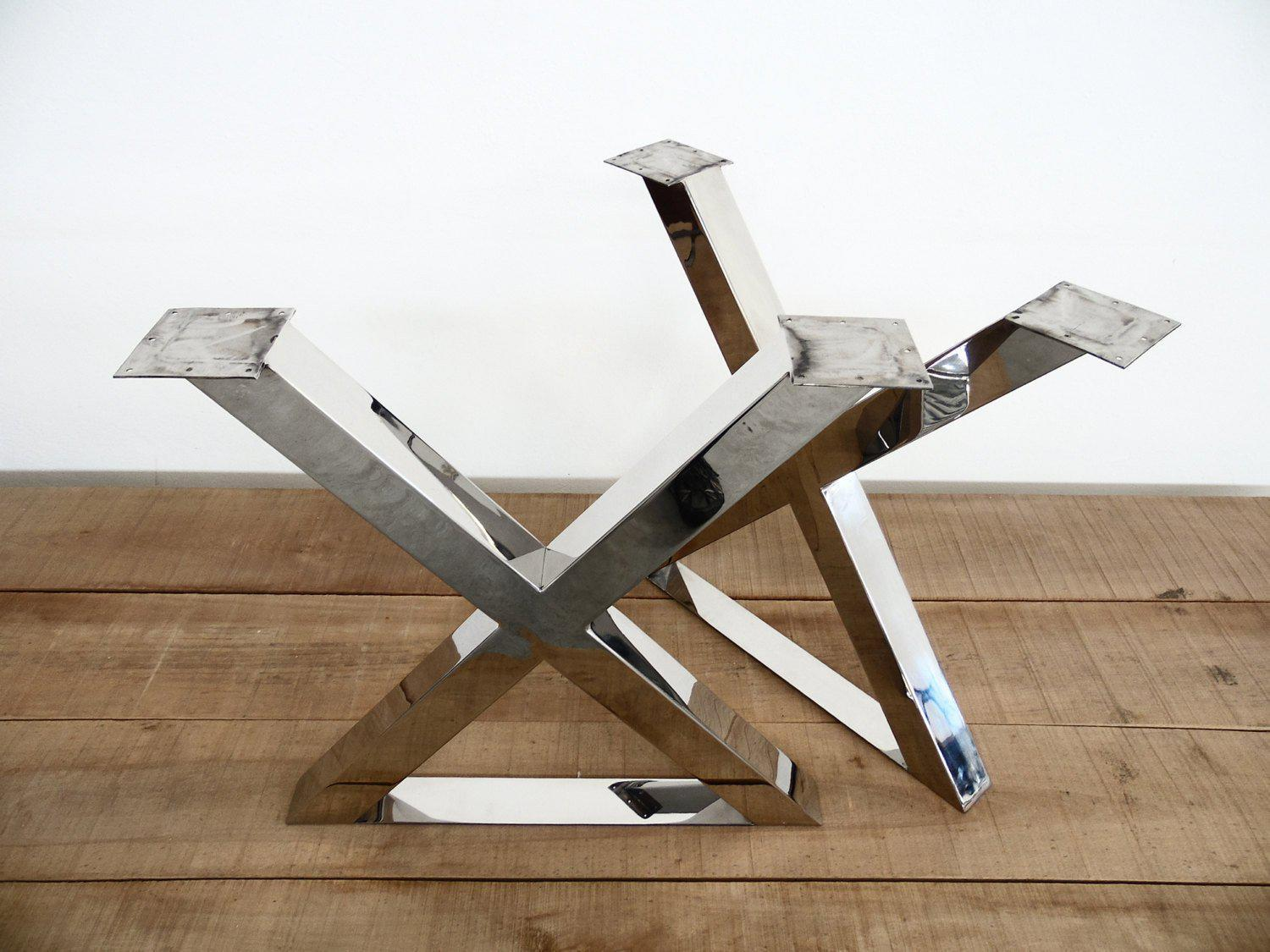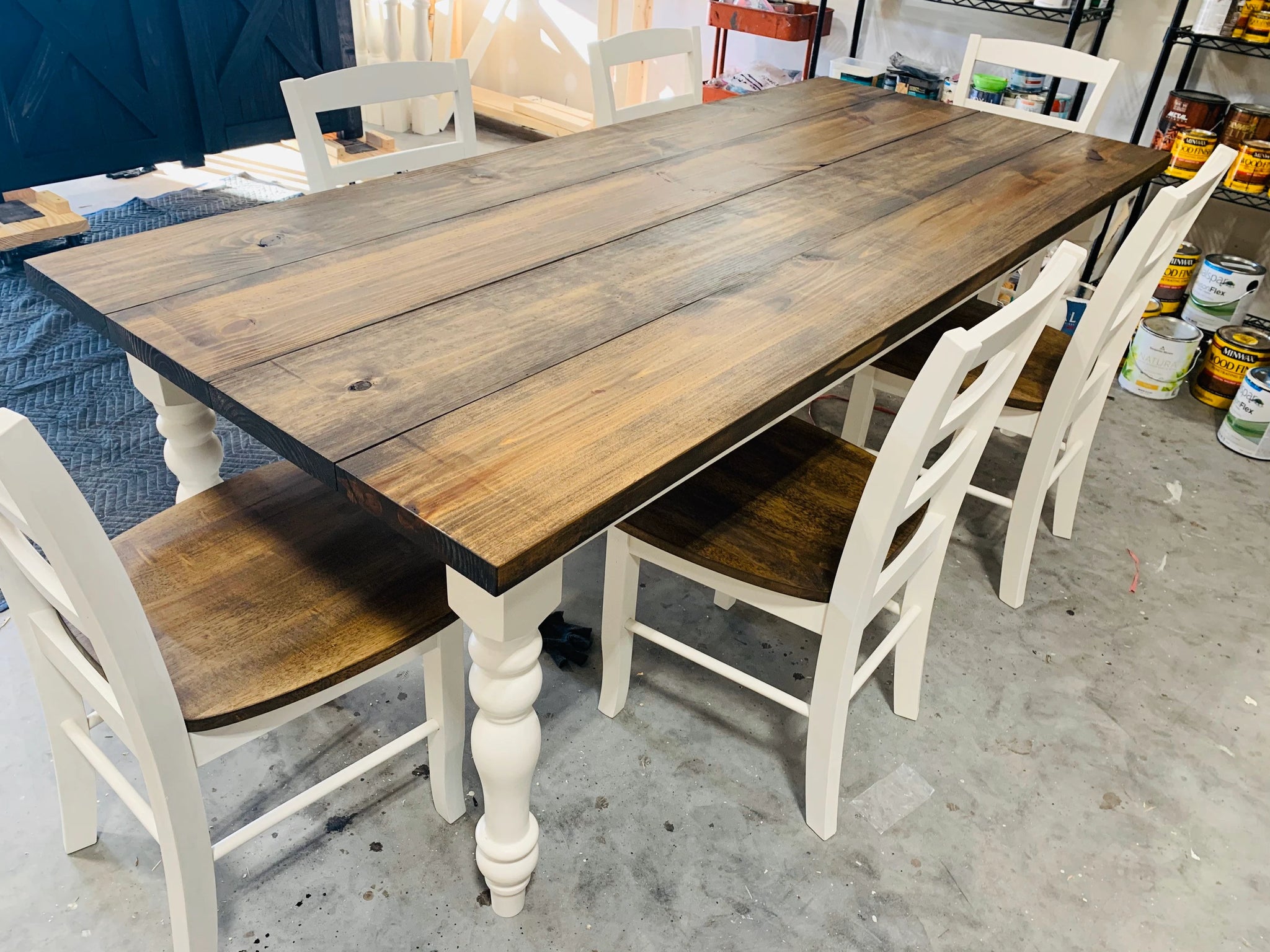Discover Affordable Style in High-Quality Dining Table Legs Wood
What to Think About When Picking Dining Table Legs Timber for Your Home.
When picking wood for dining table legs, several important aspects necessitate mindful factor to consider to ensure both functionality and aesthetic appeal. The type of timber picked can dramatically affect the table's durability, stability, and overall style, while the maintenance demands might impact lasting functionality.

Importance of Wood Kind
When choosing dining table legs, the choice of timber kind plays a crucial duty in determining both appearances and toughness. Different wood types provide varying degrees of weight, toughness, and resistance to put on, which can substantially affect the performance and durability of the table.
Alternatively, softer woods like ache or poplar, while much more affordable, may not use the same degree of durability and might require even more regular upkeep or substitute. The timber type additionally influences the table's capability to sustain environmental aspects such as moisture and temperature level changes. Furthermore, the selection of wood can impact the convenience of completing and discoloring, which can be critical for achieving the wanted look.
Aesthetic Considerations
The aesthetic allure of dining table legs significantly adds to the overall aesthetic of the eating space. Dining Table Legs Wood. When selecting wood for dining table legs, the grain color, pattern, and finish are critical components that can enhance or detract from the room's style. Various wood types show varying textures and shades; for circumstances, oak presents a classic appearance with famous grain, while walnut offers a rich, dark sophistication
In addition, the form of the legs plays a vital role in specifying the table's personality. Sleek, minimalist legs can produce a contemporary feel, while a lot more luxuriant, transformed legs evoke standard appeal. The design of the legs need to harmonize with existing furnishings and the total motif of the area, whether it be rustic, modern-day, or transitional.
It is also vital to think about exactly how the legs engage with various other furnishings pieces, consisting of sideboards and chairs. A natural design not only raises the dining experience but additionally contributes to the home's general visual comprehensibility. Inevitably, the option of table legs must be a thoughtful choice that shows personal preference while ensuring visual consistency within the room.

Longevity and Stability
Toughness and security are important aspects in the selection of table legs, as they directly affect the durability and security of the furniture. When picking timber for eating table legs, one must think about the intrinsic properties of various wood types. Hardwoods, such as oak, cherry, and maple, are typically chosen for their stamina and resistance to use, making them ideal for high-traffic eating locations.
In enhancement to the kind of timber, the building and construction approach additionally plays a substantial duty in the total security of the table. Legs that are sturdily built, either with traditional joinery techniques or modern design approaches, will certainly give superior support and avoid wobbling. It is vital to assess the thickness and design of the legs; thicker legs are generally more secure and can hold up against better weight.
Additionally, the environmental conditions in which the eating table will certainly be utilized can impact sturdiness. Wood that has actually been effectively treated for moisture resistance will certainly do better in humid settings. Eventually, choosing the appropriate mix of resilient wood and secure building will make certain that your table remains a useful and risk-free centerpiece in your house for many years to come.
Upkeep Requirements
Picking dining table legs made from sturdy wood is simply the beginning; recognizing maintenance needs is similarly important to protect their appearance and performance. Different wood kinds need differing levels of treatment, so it is important to recognize what is needed for your certain choice.
Routine cleansing is essential; make use find out here of a soft, damp towel to remove dust and particles. Avoid extreme chemicals that can harm the finish. For timber finishes like varnish or lacquer, regular brightening with furniture wax can improve sparkle and provide a protective layer versus scrapes.
Preventative steps are find this critical as well. Usage coasters and placemats to stay clear of straight contact with damp or warm things, which can warp or stain the wood. In addition, take into consideration putting really felt pads under the legs to stop scratches on your floor covering and reduce use on the wood
Humidity control is an additional significant variable; keeping a secure setting aids to avoid bending and breaking. If your dining location is vulnerable to changes in temperature and dampness, consider utilizing a humidifier or dehumidifier as required.
Spending Plan and Price Variables
When planning to purchase dining table legs, understanding spending plan and price aspects is crucial to make an educated choice. The kind of wood selected for the legs considerably influences the overall rate. Woods, such as oak or walnut, have a tendency to be a lot more costly than softwoods like pine, due to their resilience, aesthetic allure, and shortage. Furthermore, consider whether you are opting or purchasing pre-made legs for personalized layouts, as personalization typically incurs greater expenses.
Labor and craftsmanship also play an essential role in the overall expense. Handmade or artisan-crafted legs may lug a premium cost, mirroring the skill and time bought their creation. It's vital to examine the balance between quality and cost; investing more in advance can lead to a longer-lasting product that calls for much less upkeep gradually.
Conclusion
In recap, selecting the proper timber for dining table legs requires mindful factor to consider of various aspects, consisting of timber type, aesthetic allure, budget, resilience, and maintenance restrictions. The option of woods such as oak and maple can improve both toughness and aesthetic allure, while softer timbers might be extra affordable yet much less enduring. Ultimately, a well-informed decision concerning material choice will add to the overall functionality and longevity of the table, ensuring a valuable financial investment for the home.
When picking wood for dining table legs, several essential elements warrant careful factor to consider to make certain both capability and visual charm.When selecting eating table legs, the selection of wood type plays a crucial role in identifying both aesthetics and durability. When choosing timber for eating table legs, the grain pattern, surface, and color are crucial aspects that can improve or detract from the room's design. When picking wood for go to my blog eating table legs, one need to consider the inherent residential properties of various timber types.In recap, selecting the ideal wood for eating table legs requires mindful consideration of numerous aspects, including timber type, visual appeal, upkeep, budget, and toughness restrictions.